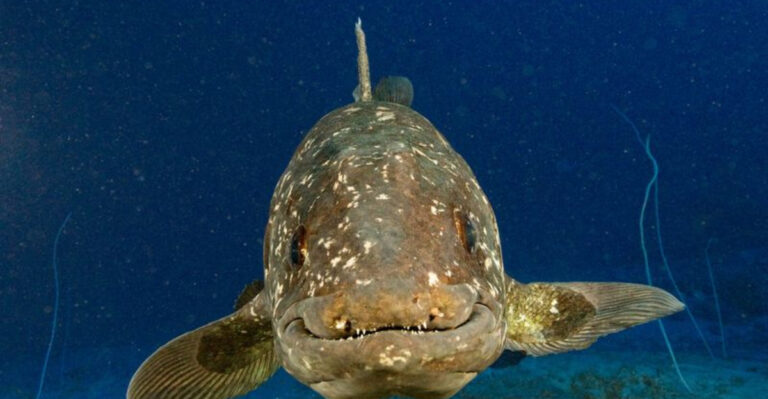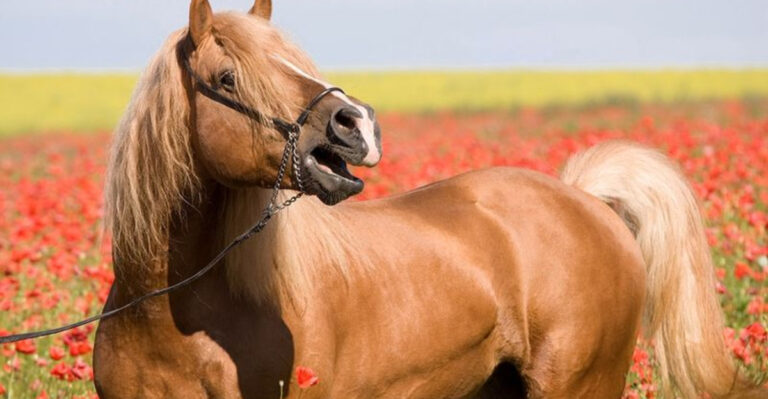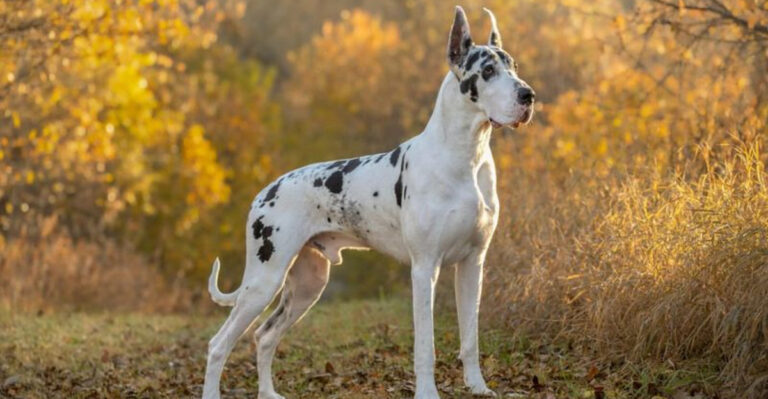What Happens When Predators Are Reintroduced To Yellowstone?
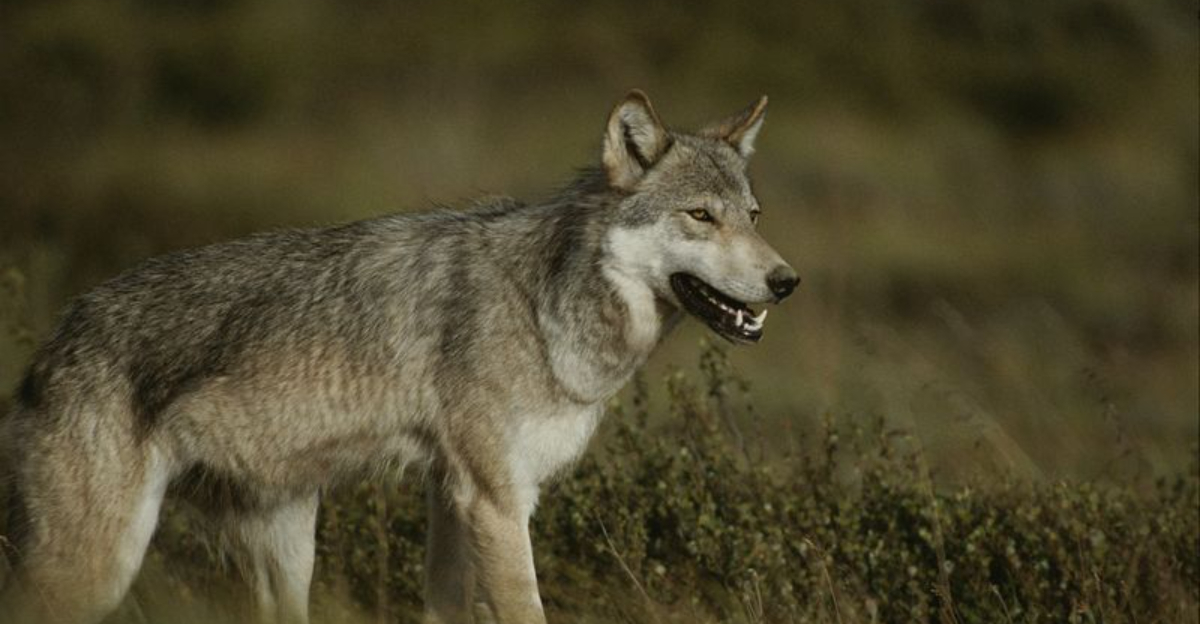
When wolves returned to Yellowstone National Park in 1995 after a 70-year absence, something magical happened. This bold experiment in ecological restoration set off a chain reaction that transformed the entire ecosystem.
From recovering plant species to shifting river patterns, the reintroduction of these apex predators demonstrated nature’s remarkable ability to heal itself when key species are restored to their rightful place in the food web.
1. The Wolves’ Return To Yellowstone: A Landmark Success Story
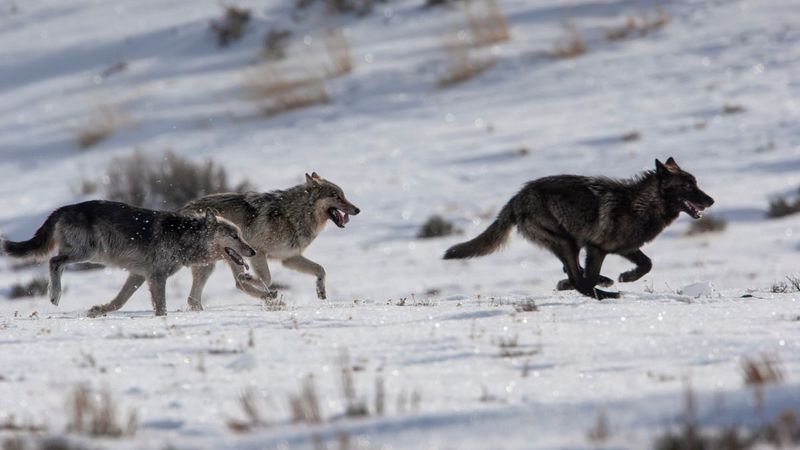
January 1995 marked a historic moment when 14 gray wolves from Canada were released into Yellowstone. After being hunted to extinction in the park by 1926, their return faced fierce opposition from ranchers fearing livestock losses.
Despite challenges, the wolf population flourished to over 100 within a decade. This bold conservation experiment became one of the most closely studied wildlife restoration projects in history.
2. How Wolves Helped Balance Yellowstone’s Ecosystem
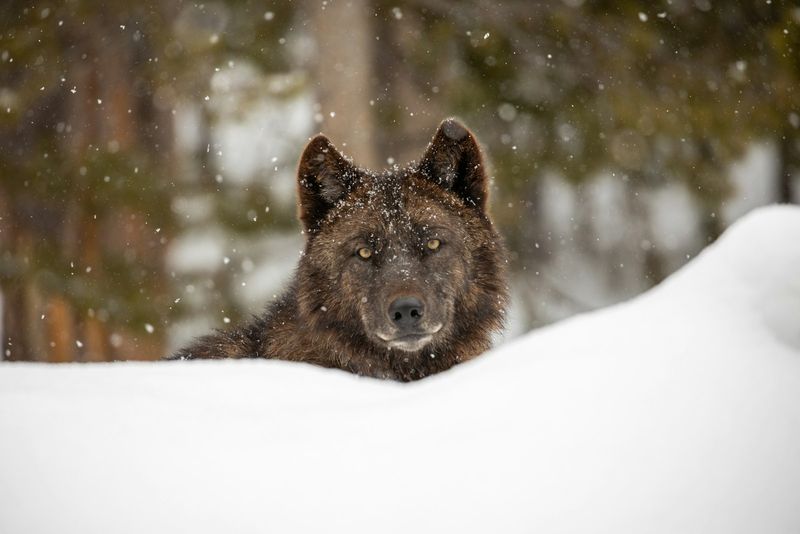
Elk populations, unchecked for decades, had ballooned to unsustainable numbers before wolves returned. Hungry wolves quickly changed elk behavior, keeping them moving and away from vulnerable river valleys.
This shift allowed young aspen, willow, and cottonwood trees to recover. The resulting “trophic cascade” benefited countless species, from beavers to songbirds, demonstrating how a single predator species can restore ecological harmony.
3. Other Successful Predator Reintroductions: The Case Of Grey Wolves In Europe
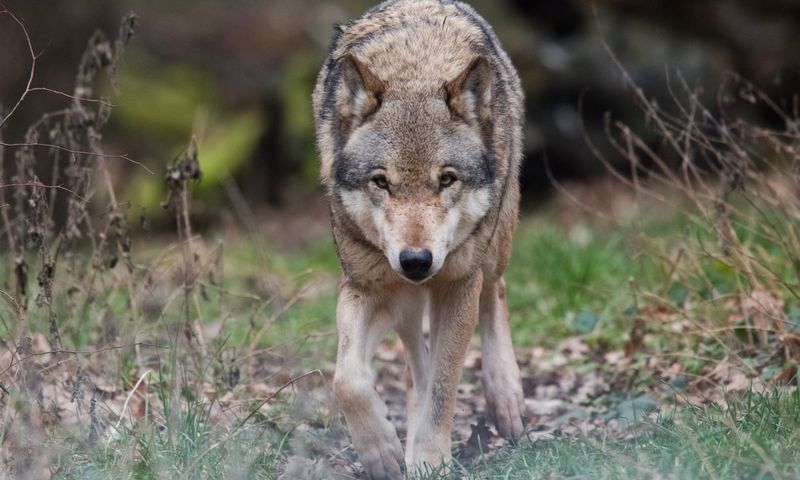
Across the Atlantic, European nations have experienced their own wolf renaissance. Germany’s wolf population has grown from zero to over 100 packs since 2000, while Sweden now hosts around 300 wolves after near-extinction.
Forest ecosystems have responded positively as deer populations face natural regulation. Rural communities initially resistant have adapted through livestock protection measures and ecotourism opportunities.
4. Could Mountain Lions Thrive In Yellowstone?
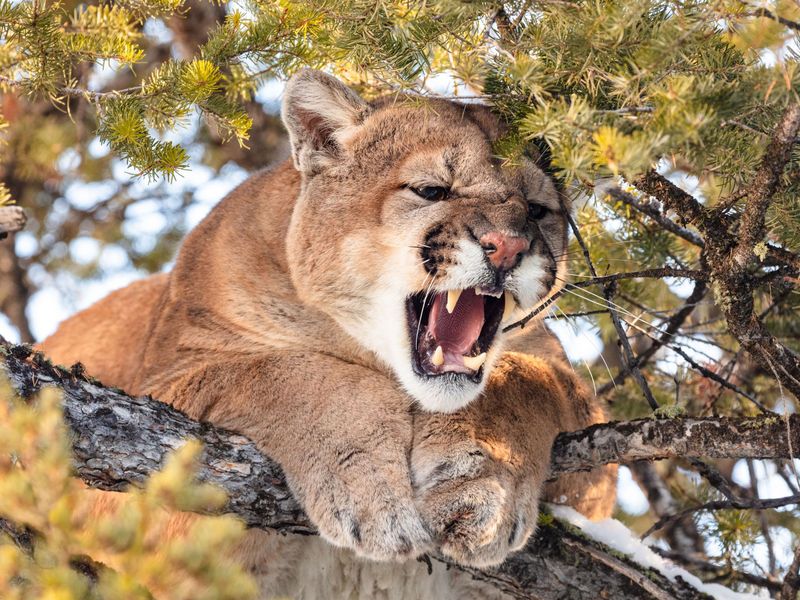
Mountain lions are quietly reclaiming territory in Yellowstone without formal reintroduction. These solitary cats hunt differently than pack-oriented wolves, targeting smaller prey and different habitats.
Their presence could further balance the ecosystem by controlling mid-sized mammals like bighorn sheep. Scientists believe cougars and wolves can coexist, creating complementary predation patterns that enhance biodiversity throughout the park.
5. What The Reintroduction Of Lynx Could Mean For Yellowstone’s Biodiversity
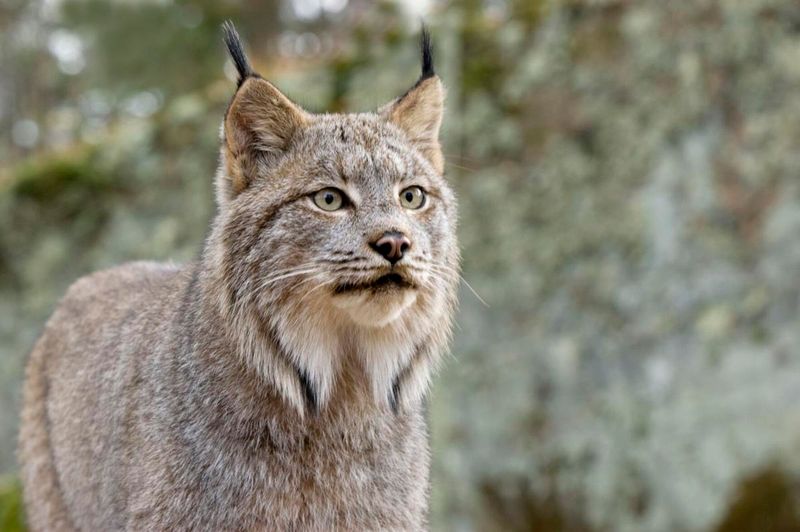
Canada lynx, with their specialized snowshoe hare hunting skills, once roamed Yellowstone’s forests. Their potential return could control small mammal populations that wolves and cougars typically ignore.
These medium-sized cats thrive in snowy environments where other predators struggle. Adding lynx to Yellowstone’s predator guild would fill an ecological niche currently vacant, potentially reducing disease transmission among prey species and promoting healthier forest undergrowth.
6. The Role Of Predators In Maintaining Biodiversity (Lessons From The African Savanna)

African lions, cheetahs, and wild dogs create a complex predator network that maintains savanna health. When Serengeti lions declined due to disease in the 1990s, olive baboon populations exploded, devastating bird populations and small mammals.
After predator recovery, balance returned. This mirrors Yellowstone’s experience and reinforces a universal ecological principle: diverse predator communities create resilient ecosystems by preventing any single species from dominating.
7. How The Reintroduction Of Wolves Changed Yellowstone’s Vegetation
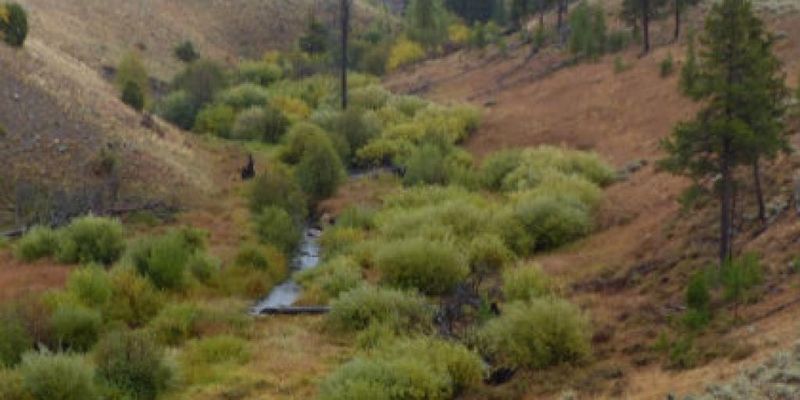
Aspen groves, nearly vanished from Yellowstone’s northern range, have made a remarkable comeback since wolves returned. Young saplings now grow tall where once they were browsed to nubs by hungry elk.
River valleys showcase dramatic transformations with willow thickets reaching heights unseen for generations. This vegetation recovery has stabilized riverbanks, reduced erosion, and created habitat for countless insects, birds, and mammals dependent on healthy forest ecosystems.
8. The Impact Of Apex Predators On Lower-Tier Species: A Global Perspective
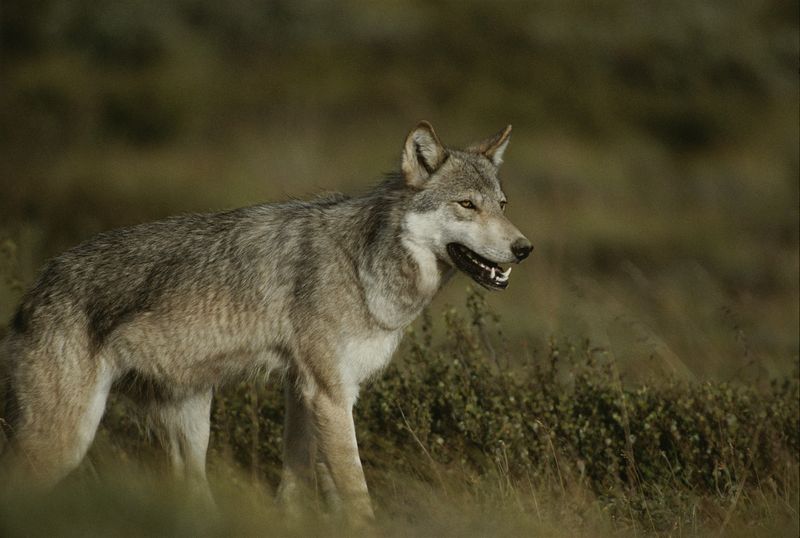
From sea otters protecting kelp forests by eating sea urchins to jaguars maintaining tropical forest diversity, apex predators worldwide create stability. Their hunting pressure ripples through food webs, preventing resource monopolization by any single species.
Research across continents reveals a consistent pattern: ecosystems with intact predator communities show greater resilience to climate change and environmental disturbances. Yellowstone’s wolf story is being replicated globally as conservation science evolves.
9. Could Reintroducing Bears Improve Yellowstone’s Ecological Balance?

Grizzly bears never completely disappeared from Yellowstone but remain below historical numbers in many areas. As omnivores, they contribute uniquely to ecosystem health by dispersing seeds, controlling rodent populations, and redistributing nutrients through their foraging.
Expanding their range into former territories could further enhance Yellowstone’s predator diversity. Bears create small disturbances in the soil while digging for roots, creating microhabitats that increase plant diversity.
10. Predator Reintroduction And Its Effects On Other Mammals: A Case Study From New Zealand
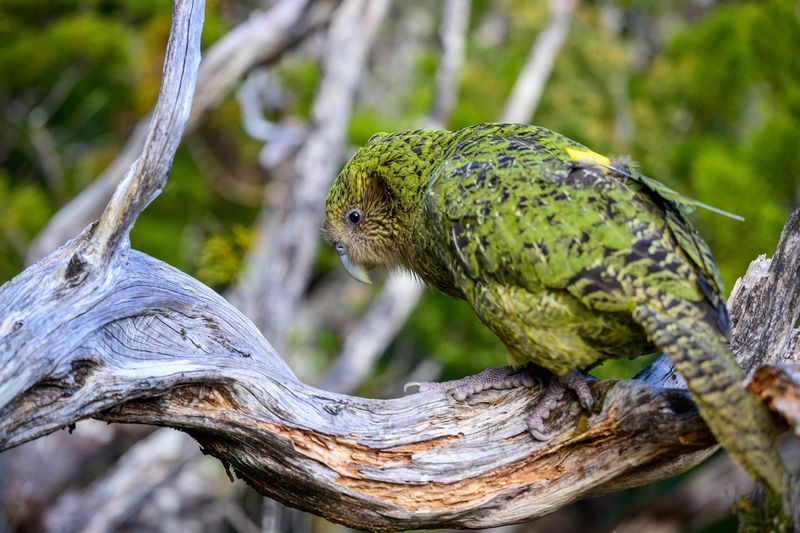
New Zealand offers a cautionary counterpoint to Yellowstone’s success story. Introduced predators like stoats devastated native bird populations unprepared for mammalian hunters after evolving in isolation.
Unlike Yellowstone, where predators and prey co-evolved over millennia, New Zealand’s example highlights the importance of evolutionary history in predator reintroduction. Successful restoration requires understanding these complex ecological relationships rather than simply adding predators to any system.
11. What Would Happen If Coyotes Were Reintroduced To Yellowstone?
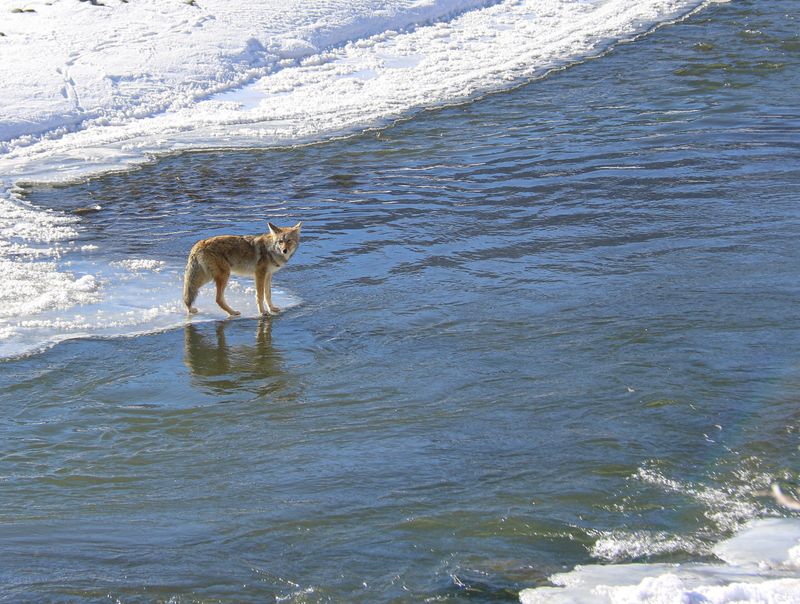
Coyotes already inhabit Yellowstone but face suppression by wolves in many areas. Their fascinating ecological role sits at the intersection of predator and prey—hunting small mammals while being hunted by wolves.
Research suggests healthy coyote populations help control rodents and rabbits that wolves ignore. Finding the right balance between these canid species creates a more complete predator guild that regulates prey populations across all size classes.
12. Predator Reintroduction: A Controversial Issue Or A Necessary Step?
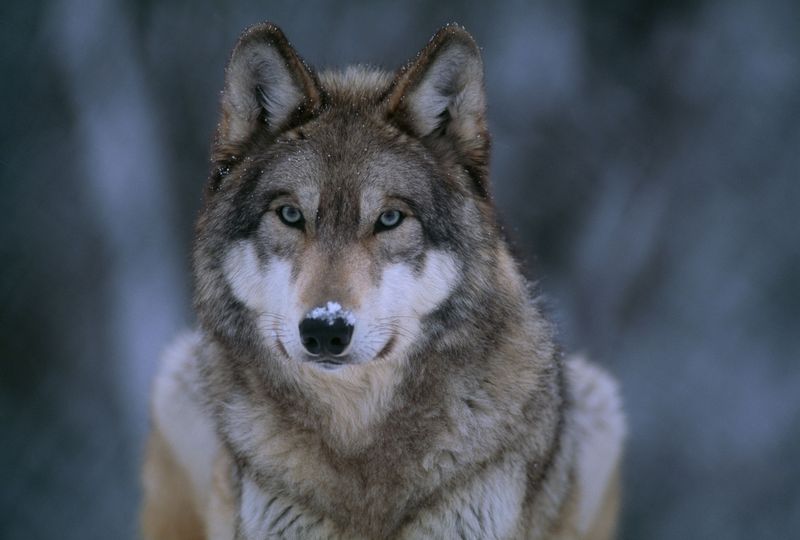
Ranchers near Yellowstone lost over 100 livestock to wolves in 2022, fueling ongoing tensions despite compensation programs. Many rural communities see predator reintroduction as urban environmentalism disconnected from economic realities.
Yet ecological research consistently shows predators provide ecosystem services worth millions through increased biodiversity and enhanced resilience. Finding middle ground requires acknowledging both legitimate concerns about livelihoods and the irreplaceable ecological role of predators.
13. What Future Species Could Benefit From Reintroduction To Yellowstone?
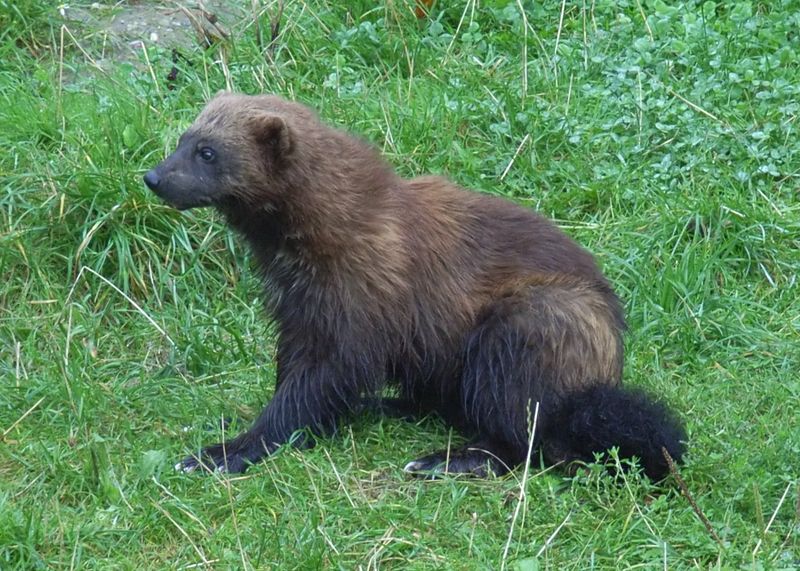
Golden eagles and wolverines—once more abundant in Yellowstone—could be candidates for future restoration efforts. These species occupy specialized niches: eagles control pronghorn fawns while wolverines scavenge carcasses in winter when other predators struggle.
Even smaller predators like American martens play crucial roles in forest health. A complete predator community, from the mighty grizzly to the diminutive weasel, creates the most resilient ecosystem with multiple checks and balances.
14. The Long-Term Benefits Of Predator Reintroduction: What Yellowstone Can Teach Us
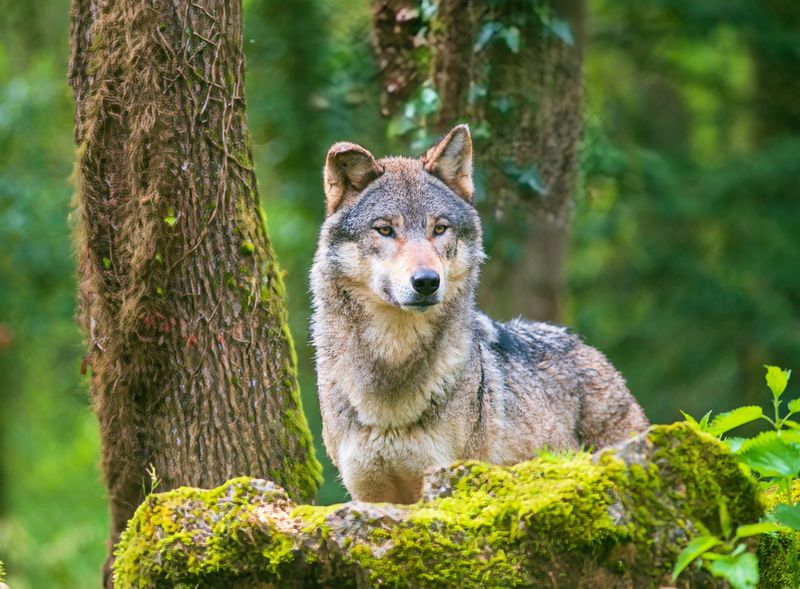
Nearly three decades after wolves returned, Yellowstone’s transformation continues to unfold. Scientists now document cascading benefits they never anticipated: healthier soil microbiomes, improved carbon sequestration, and enhanced water quality throughout the ecosystem.
This living laboratory demonstrates nature’s remarkable capacity for self-regulation when key species return. Yellowstone’s lessons now guide restoration projects worldwide, from European rewilding initiatives to African predator conservation efforts.



